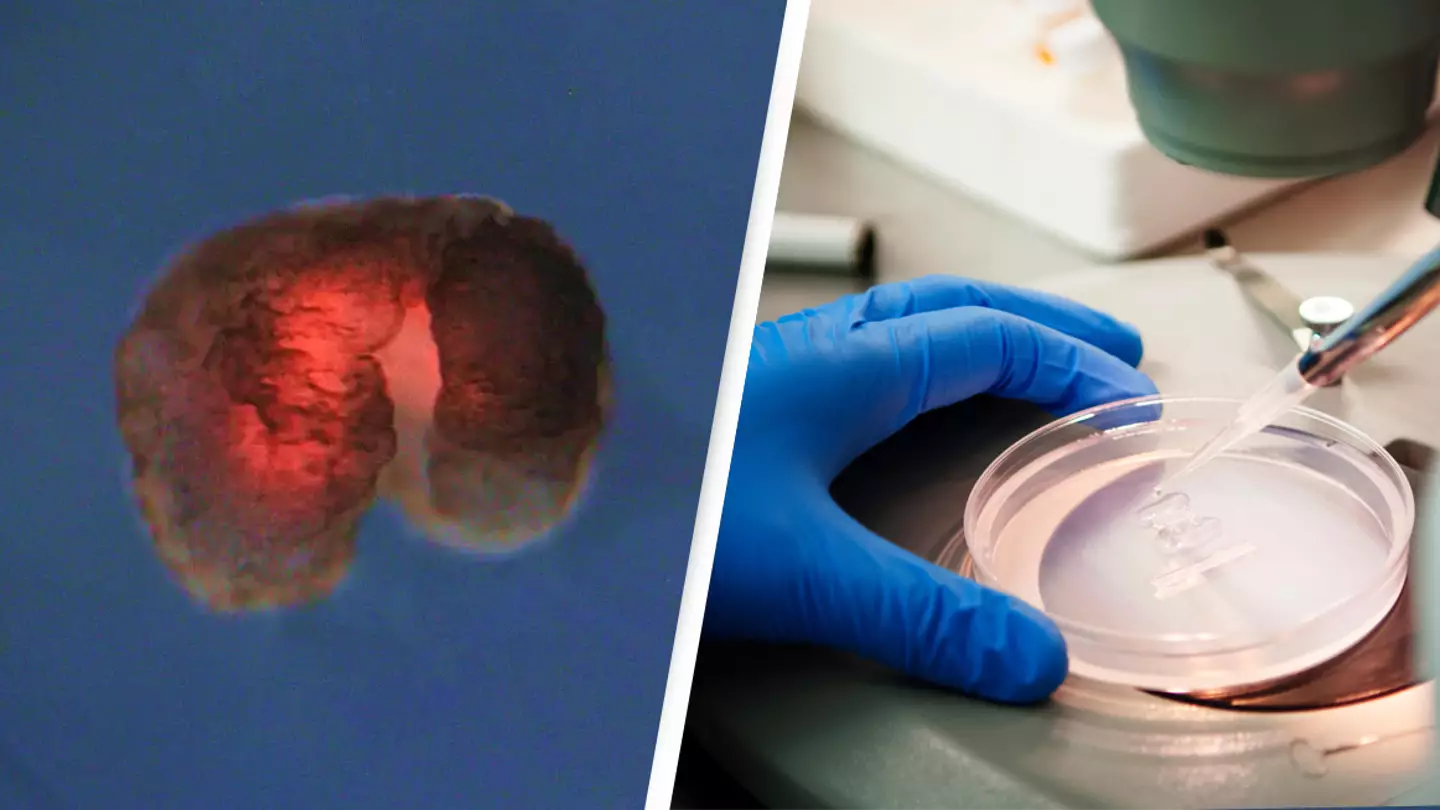
A team of scientists in the United States have broken new ground in synthetic biology by creating self-replicating synthetic organisms.
In a joint effort between the University of Vermont, Tufts University and Harvard University, researchers used Xenopus laevis frog embryonic cells to construct millimetre-wide biological machines called 'Xenobots'.
The first Xenobots were 'built' in 2020, after scientists designed an algorithm that assembled cells together to construct various biological machines, before settling on the frogs' cells.
When the machines were activated the cells began to form 'bodies' that could perform tasks such as pushing around microscopic objects or moving in formation, but more recently the scientists discovered the organisms can gather together hundreds of single cells and assemble them into 'baby' Xenobots.
Advert
A few days later, a press release explains, the newly assembled cells 'become new Xenobots that look and move just like themselves', which can then in turn 'go out, find cells, and build copies of themselves. Again and again.'
Joshua Bongard, a computer scientist and robotics expert at the University of Vermont who co-led the new research, explained: 'With the right design – they will spontaneously self-replicate.'
In a Xenopus laevis frog the embryonic cells would develop into skin, however Michael Levin, another co-leader of the research, said that when 'freed from becoming tadpoles, they use their collective intelligence, a plasticity, to do something astounding'.
Advert
He went on to say that researchers had 'the full, unaltered frog genome, but it gave no hint that these cells can work together on this new task' of gathering cells in inside their Pac-Man-like 'mouths' and compressing cells into replicas of themselves, creating what lead author Sam Kriegman described as 'children', 'grandchildren', 'great-grandchildren' and 'great-great-grandchildren'.
According to the release from the University of Vermont, kinematic replication is well-known at the level of molecules, but has never before been observed at the scale of whole cells or organisms.
Advert
Bongard said: 'We found Xenobots that walk. We found Xenobots that swim. And now, in this study, we've found Xenobots that kinematically replicate. What else is out there?'
Levin described Xenobots as a 'new platform for teaching us', as the team aims to speed up the process between identifying a problem and generating a solution, with the research potentially proving beneficial for advancements toward regenerative medicine.
The results of the study were published in November in the Proceedings of the National Academy of Sciences.
If you have a story you want to tell, send it to UNILAD via [email protected]
Topics: Science, US News, Technology
